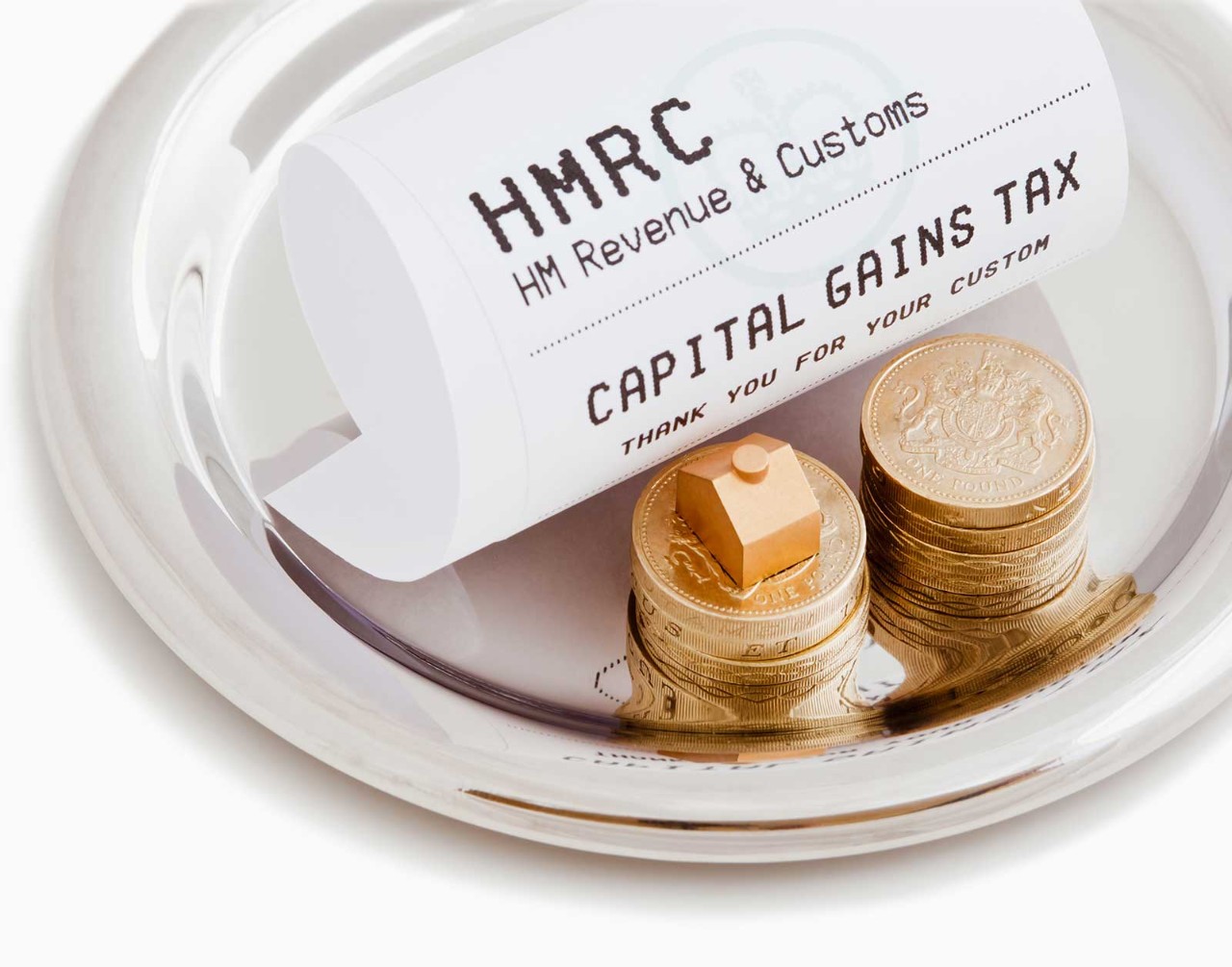
The recent carnage on the high street, which saw the demise of Arcadia and Debenhams within 24 hours of each other, served as a reminder that, as well as putting thousands of jobs at risk, the current economic instability is placing huge strains on company pension schemes.
In fact, during the first nine months of the year, nearly two-thirds (61%) of listed defined benefit (DB) pension scheme sponsors issued 228 profit warnings, constituting 44% of the total 524 profit warnings issued during the period, according to the latest analysis by EY.
Of the 1,024 listed companies in the UK, 23% (281) have a DB scheme, and are concentrated in more traditional industries that are particularly vulnerable to the current economic climate.
‘Given the current volatility, now is a good time to consider a plan for pension scheme de-risking’
So perhaps it is little wonder that the concept of pension ‘superfunds’ is gaining traction, so much so that The Pensions Regulator (TPR) has recently issued updated guidance for companies that might be considering moving their DB pension schemes, and their liabilities, into such a fund.
Time to act
As Gareth Mee, UK actuarial leader at EY, says: ‘It is vital that boards do not underestimate the depth and extent of both the immediate and long-term challenges ahead, as Covid-19 is not a temporary earnings challenge and will likely change how businesses and investors operate. Given the volatility, now is a good time to consider a plan for pension scheme de-risking.’
According to EY, many impacted businesses are being forced to ‘double down’ on cash conservation and re-financing efforts, and requests for contribution deferrals to pension schemes have increased during Covid-19. Listed companies with a pension scheme can be found in all but six of the FTSE sectors, and 57% sit within Industrial and Consumer Discretionary FTSE sectors, which account for 36% of the total listed market. These sectors tend to issue the most profit warnings, which has been acutely the case during the pandemic.
And there are some large numbers involved. The Pension Protection Fund calculates DB schemes had an aggregate deficit of £168bn at the end of October 2020, and TPR has been forced to warn pension trustees to be alert for ‘employer distress or insolvency’ as a result of the pandemic.
Economy of scale
Many trustees and their sponsoring companies could therefore be looking at an alternative way of funding their pension schemes, which is where the superfunds come in. Superfunds are pension scheme consolidators, structured as occupational DB pension schemes, governed by their own set of trustees and subject to UK pension legislation.
These consolidators aim to make savings through economies of scale, such as reduced costs, improved investment efficiency, and improved governance and risk management.
‘As the superfunds grow in scale and build track records of performance, we expect stronger employers to see the benefit of transferring to a superfund’
According to PwC, it is likely that several billions of pension assets will transfer to superfunds during 2021 and 2022. These initial transactions will predominantly relate to pension schemes whose employers are in distress or already insolvent.
In these cases, the capital buffer offered by the superfunds is expected to be a clear improvement to the likelihood of members receiving their benefits in full. This is compared to the alternative of the pension scheme entering the Pension Protection Fund, which typically results in reductions to member benefits over time.
Going wider
But over time, such schemes could prove attractive to other, more stable organisations. Analysis undertaken by PwC found that over the next decade about 600 of the approximately 5,400 DB pension schemes could pass the Department for Work and Pensions’ (DWP) three ‘gateway principles’ and be sufficiently well funded to transfer to a superfund. This equates to around £170bn of pension scheme assets or about 10% of the total UK DB pension scheme universe.
The DWP’s three gateway principles are:
A transfer to a superfund should only be considered if the scheme cannot afford to buy out now
A transfer to a superfund should only be considered if a scheme has no realistic prospect of buy-out in the foreseeable future, given potential employer cash contributions and the insolvency risk of the employer
A transfer to the chosen superfund must improve the likelihood of members receiving full benefits.
Emma Morton, PwC pensions director, says: ‘As the superfunds grow in scale and build track records of performance, we expect trustees of pension schemes with stronger employers to see the benefit of transferring to a superfund.’
This is why The Pensions Regulator has issued guidance for trustees who may be considering such a move. The message is clear – pension trustees should tread carefully.
As Nicola Parish, TPR’s executive director of frontline regulation, says: ‘Trustees who think a preferable outcome for members is a transfer to a superfund should only consider transferring to a superfund that we have assessed and concluded meets our expectations. And to be clear, transferring to a superfund should only be considered if a full insured buy-out for full member benefits is not feasible in the near future.’



